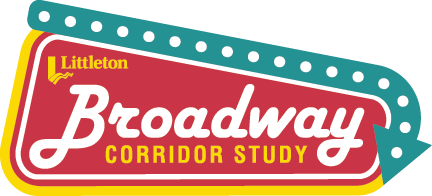
The Broadway Corridor Study Online Meeting is Now Closed.
Thank you for attending Broadway Corridor Study Online Meeting. For more information, please visit the project website.

Thank you for attending Broadway Corridor Study Online Meeting. For more information, please visit the project website.